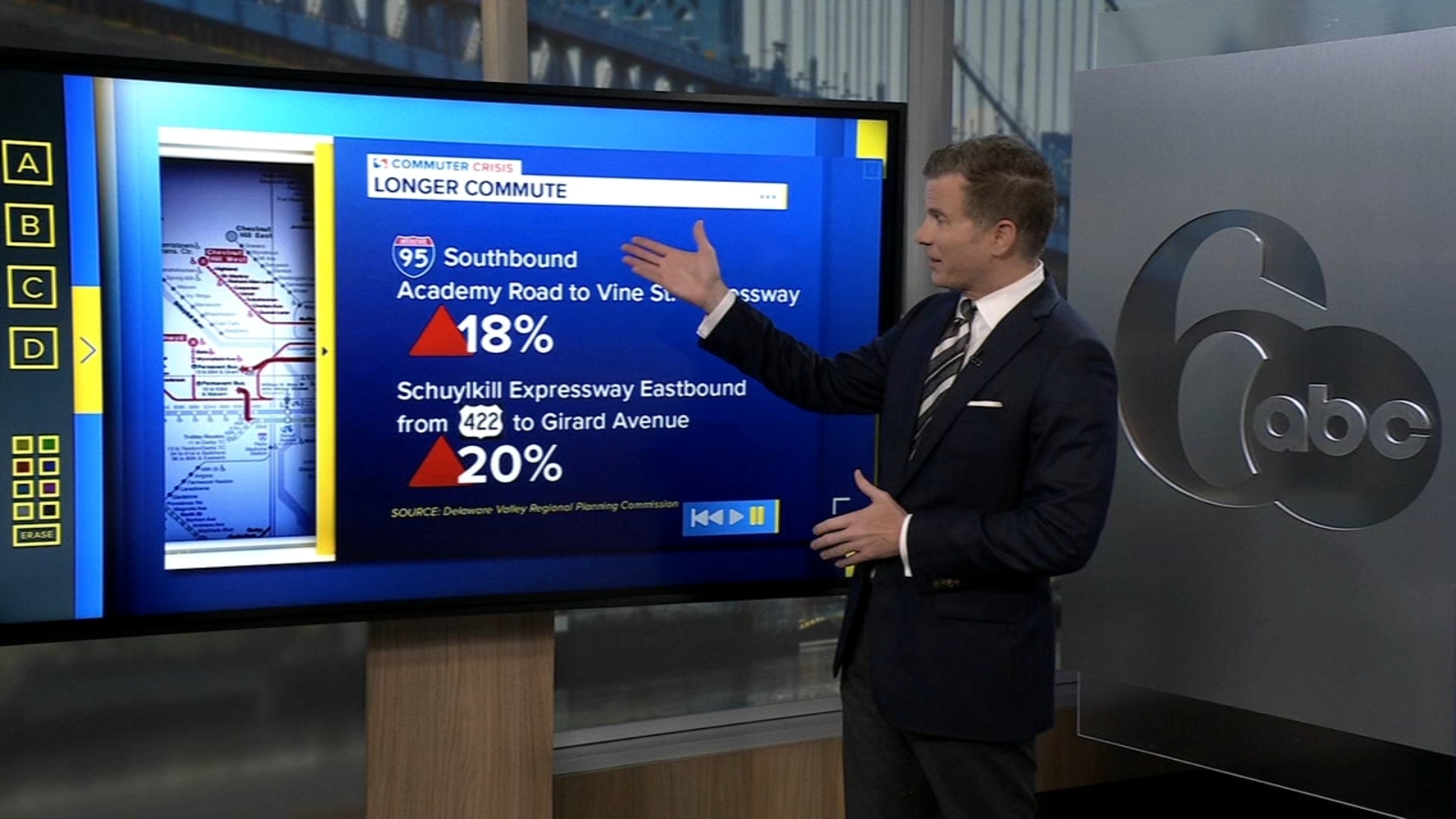Transit experts have raised alarms regarding proposed service cuts by the Southeastern Pennsylvania Transportation Authority (SEPTA). If implemented, these cuts could result in an additional 275,000 vehicles on local roadways each day, a figure comparable to the entire population of Pittsburgh. This potential increase in traffic raises significant concerns about congestion and road safety in the Philadelphia area.
The implications of these service reductions extend beyond just numbers. According to traffic analyst Matt Pellman from Action News, the impact on daily commutes could be profound. As public transit becomes less accessible, more individuals may choose to drive, leading to increased wear and tear on road infrastructure.
Potential Traffic Congestion and Economic Effects
The addition of nearly 275,000 vehicles each day could severely exacerbate traffic congestion, particularly during peak hours. Experts predict that major thoroughfares could become gridlocked, delaying not only commuters but also affecting local businesses and delivery services. With increased traffic, the economic ripple effects could be significant, potentially leading to higher costs for goods and services as transportation becomes less efficient.
Moreover, the environmental implications are concerning. More vehicles on the road mean increased carbon emissions and pollution, which could contribute negatively to air quality in the region. This situation undermines ongoing efforts to promote sustainable transportation solutions and reduce the carbon footprint of urban commuting.
Community Response and Future Considerations
Community leaders and residents have expressed their apprehension over the proposed service cuts. Many argue that reducing public transit options disproportionately affects low-income individuals who rely on these services for their daily commutes. The potential increase in traffic could also lead to higher accident rates, further endangering pedestrians and cyclists in the area.
While SEPTA has not yet made a final decision, the authority is under pressure to consider the broader implications of its service structure. Stakeholders from various sectors are urging SEPTA to explore alternative solutions that would mitigate the need for cuts while maintaining efficient public transportation.
As discussions continue, the focus remains on ensuring that the needs of the community are prioritized. The potential for increased traffic and its associated challenges underscores the importance of maintaining a robust public transit system for the benefit of all residents in the Philadelphia area.
